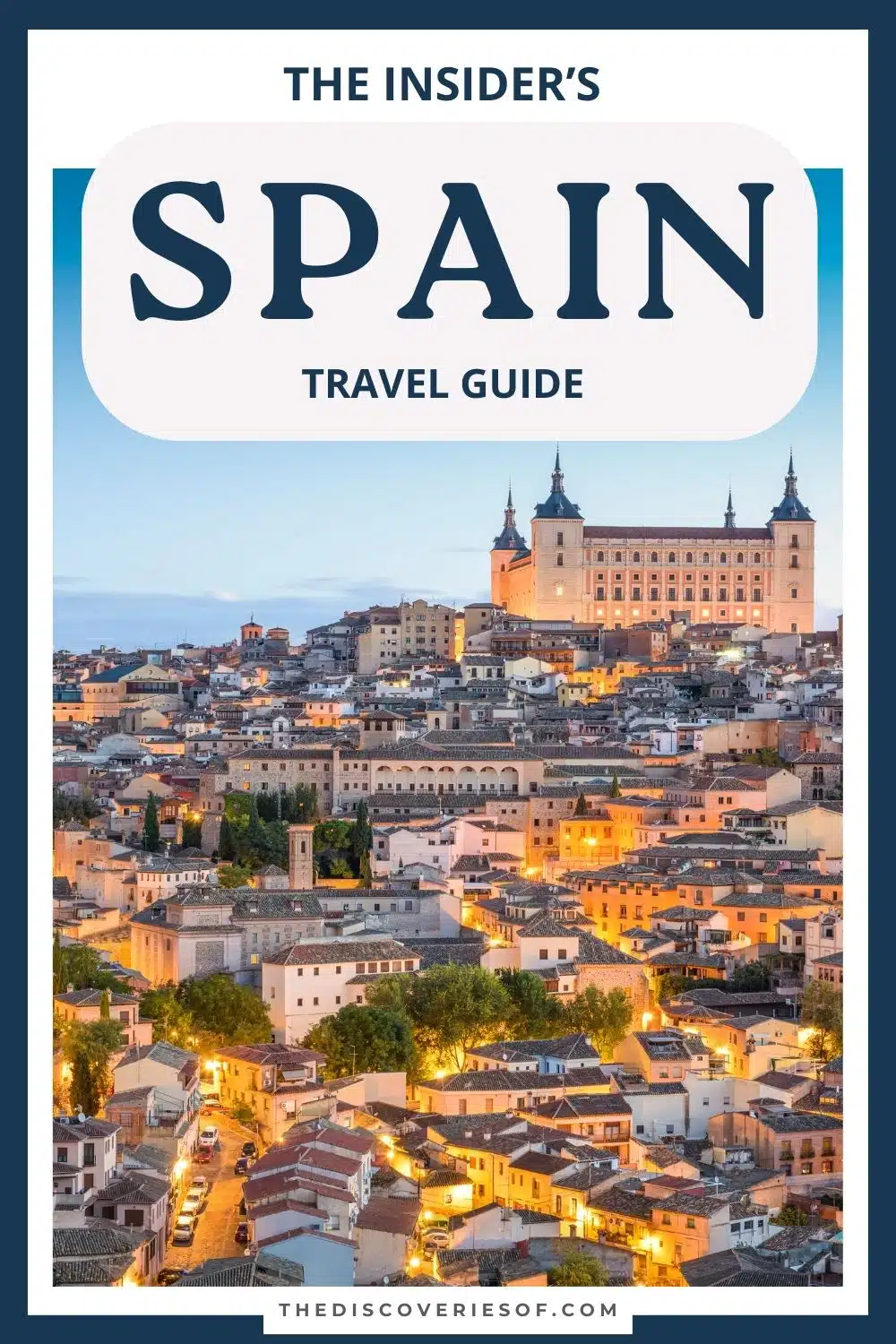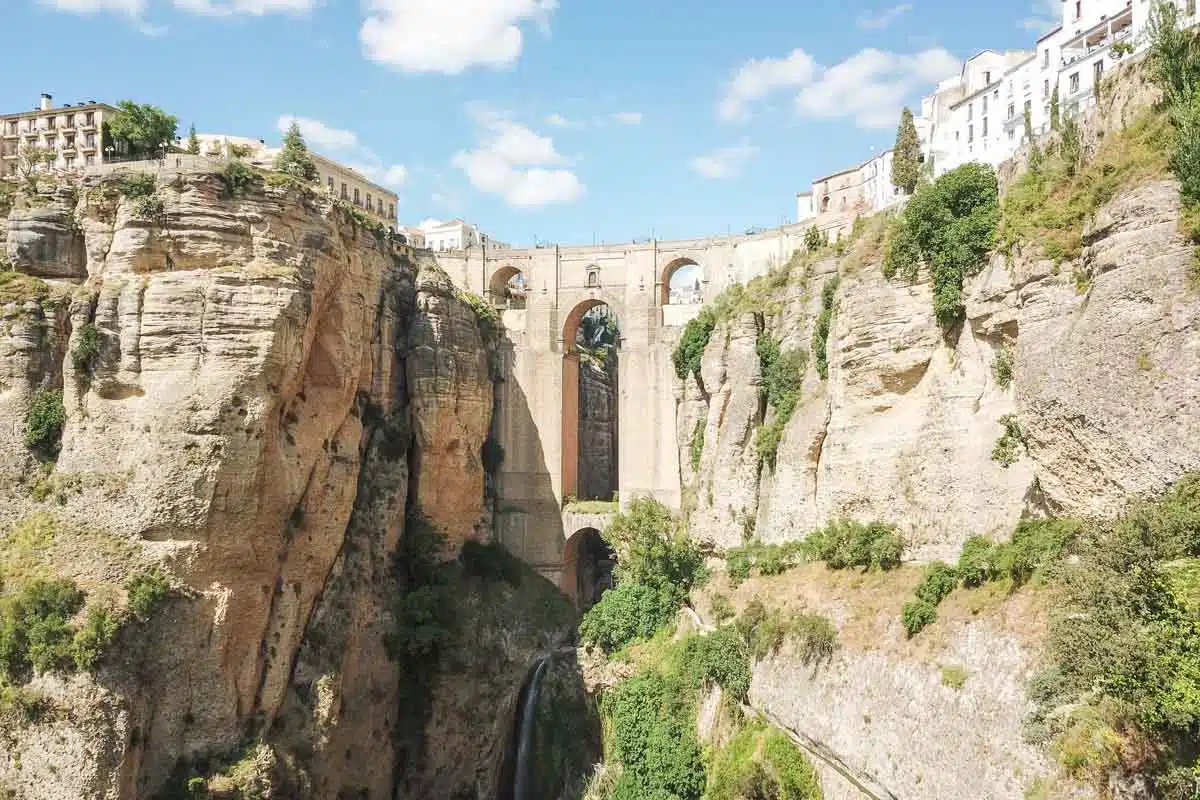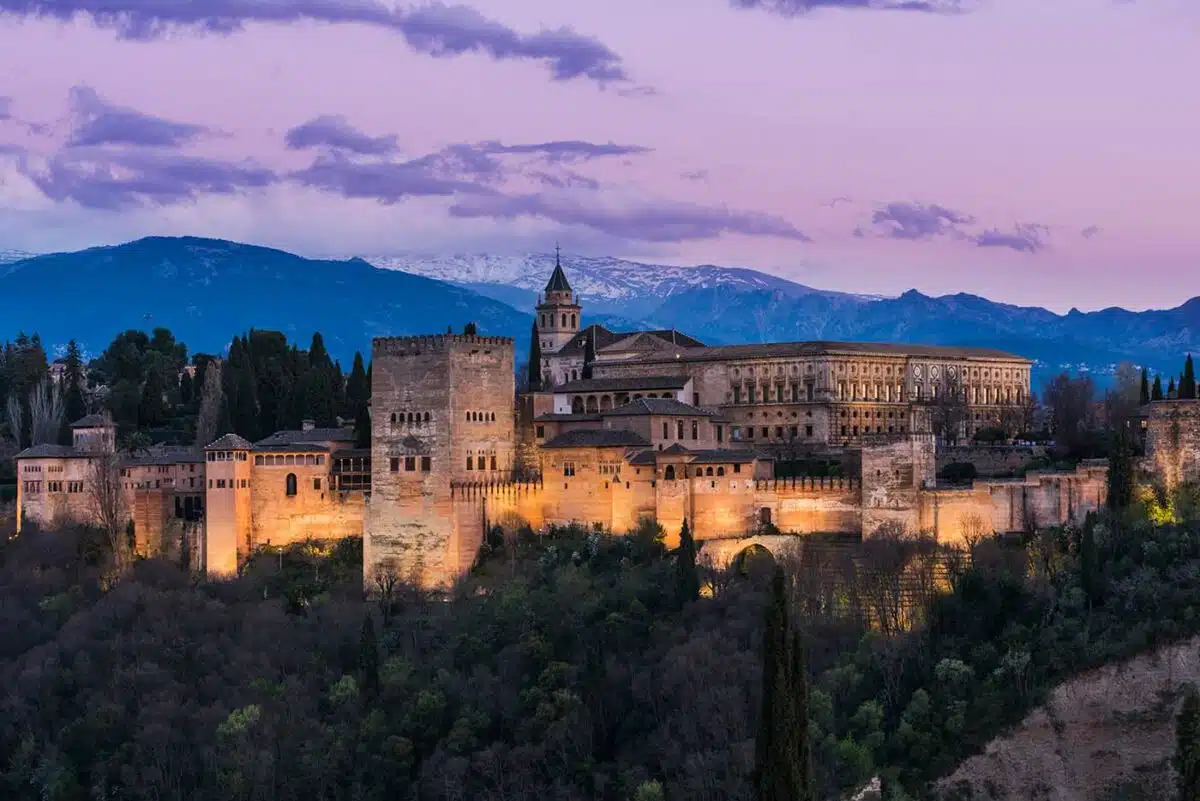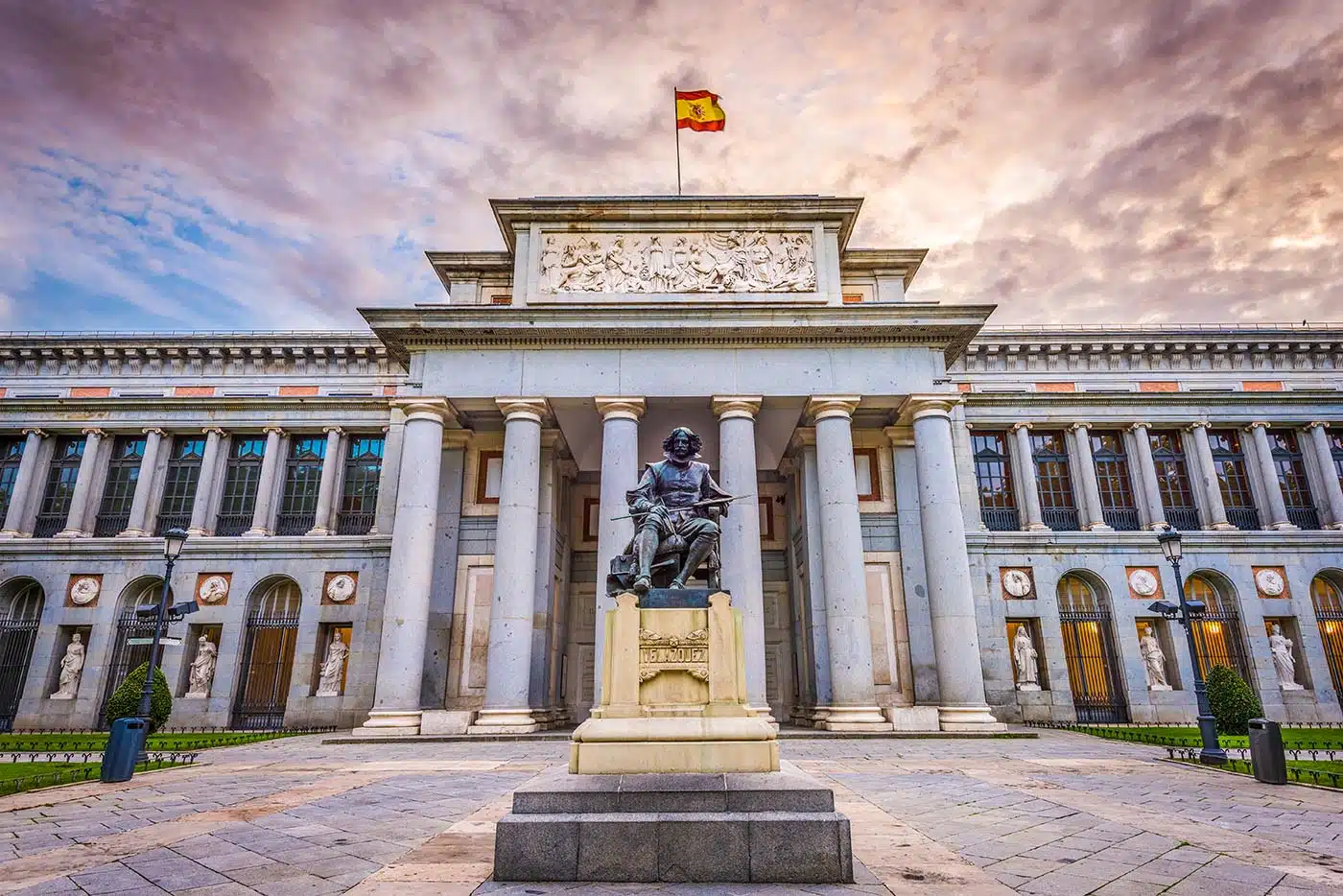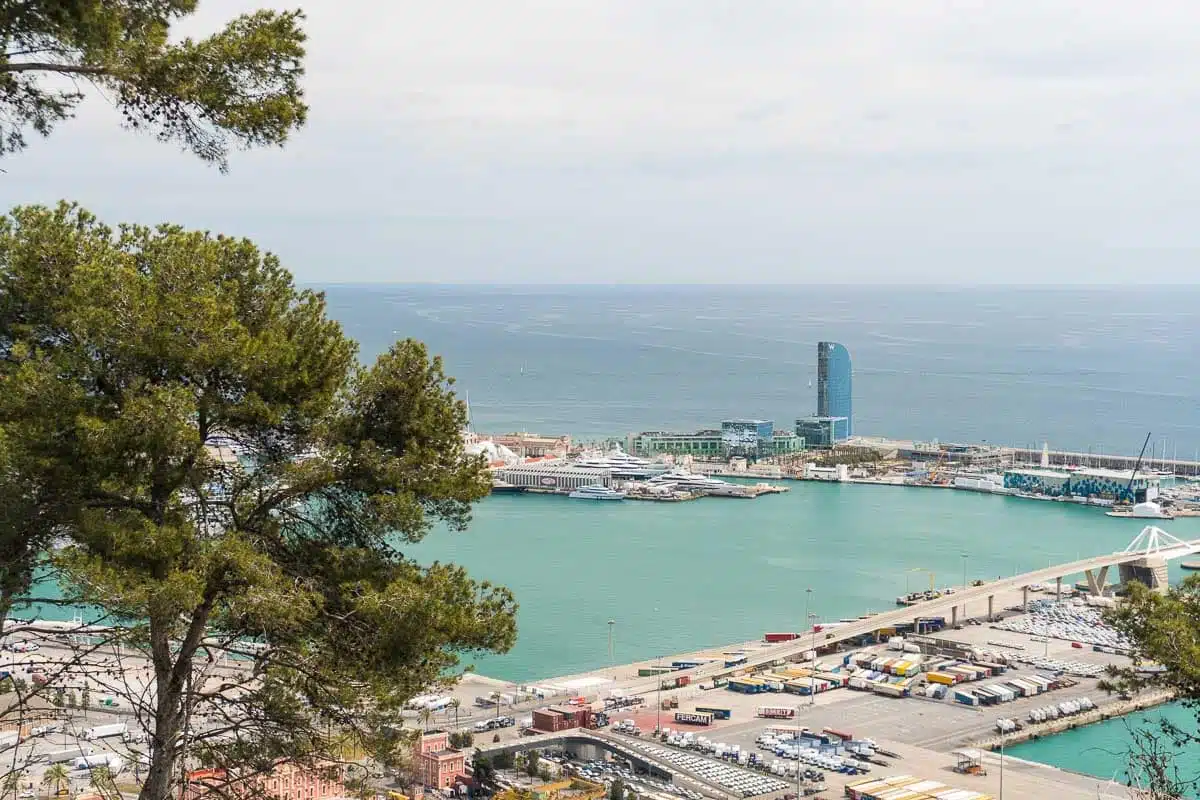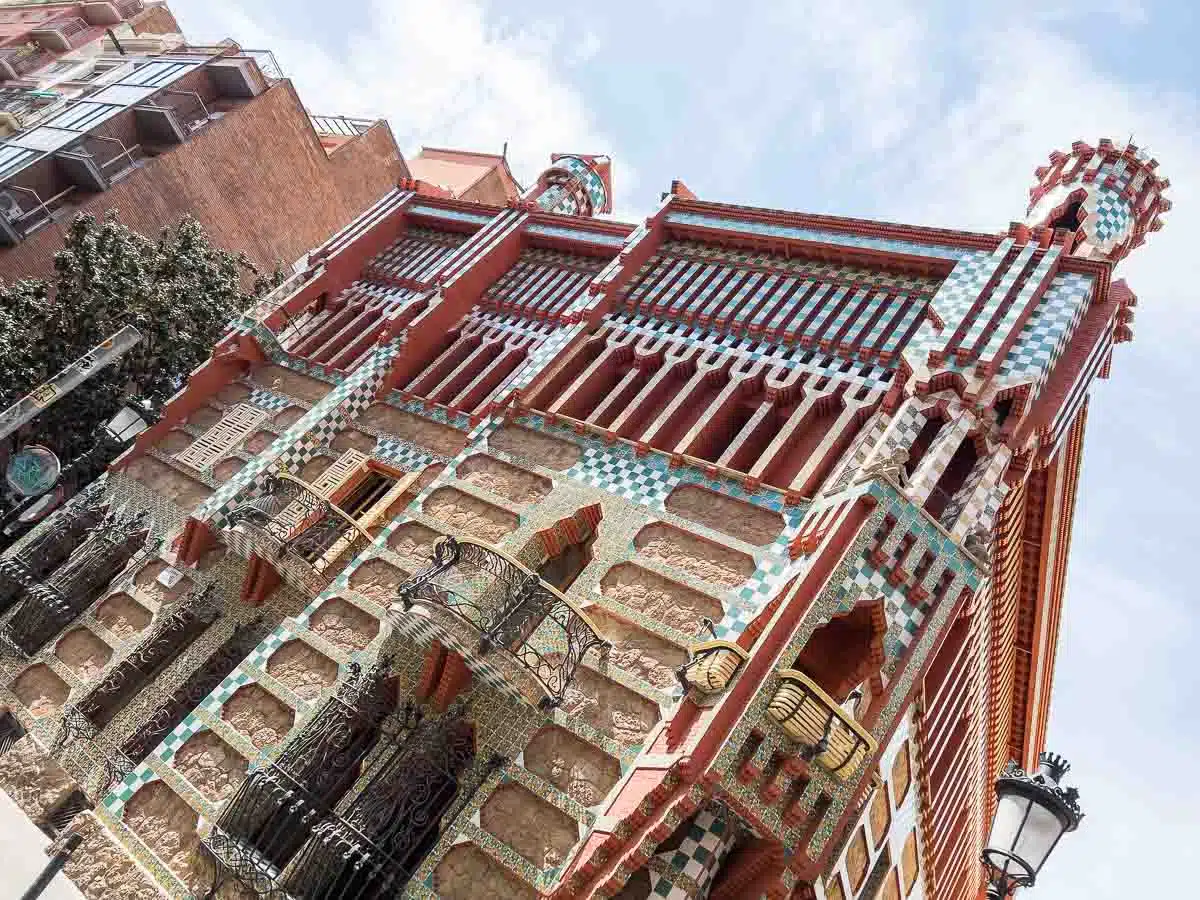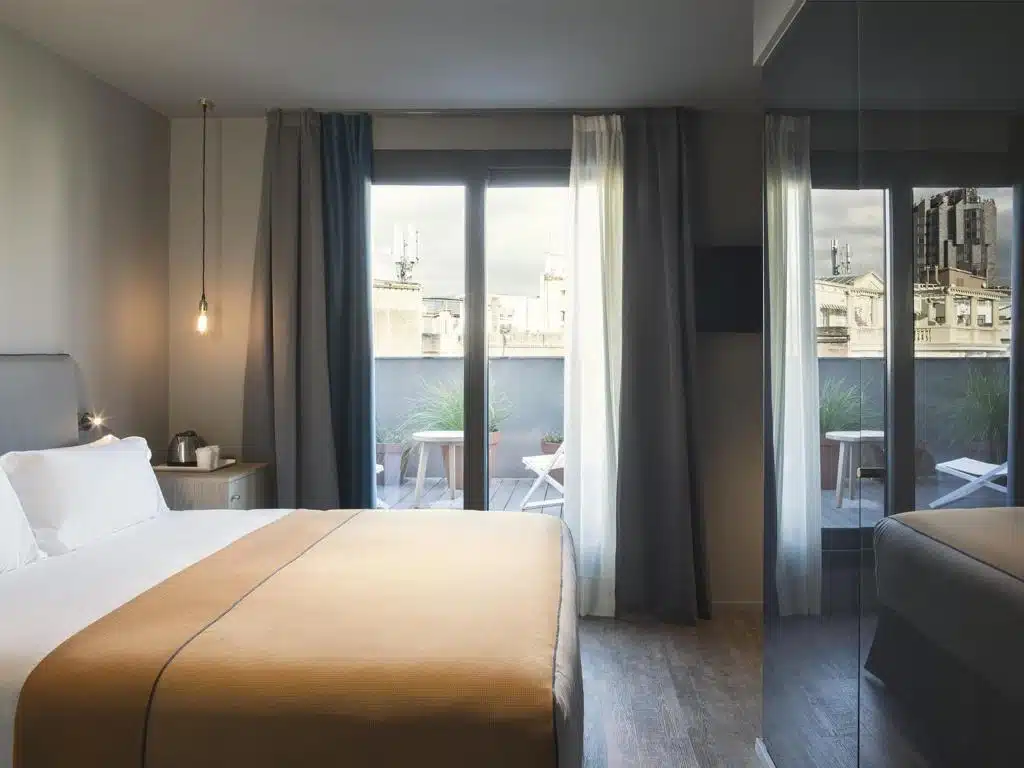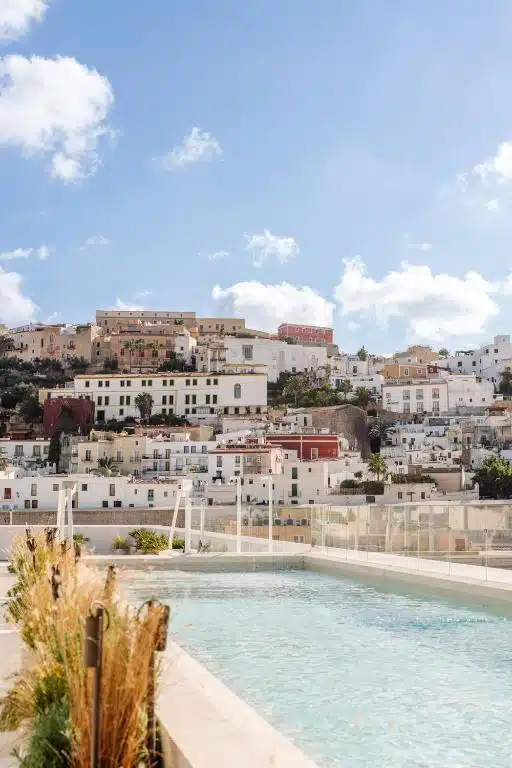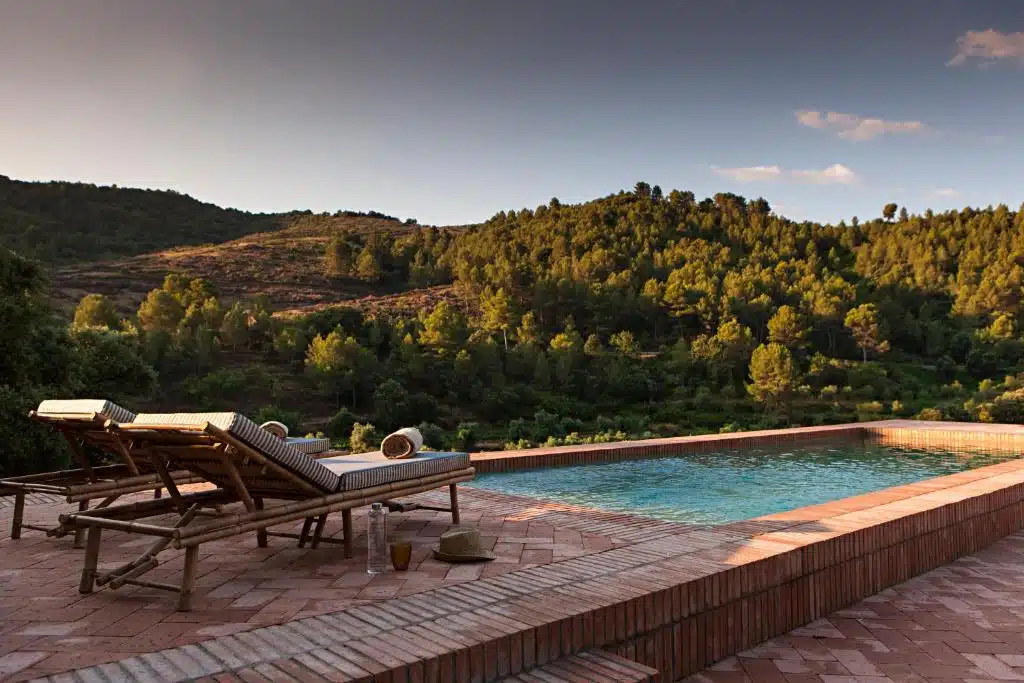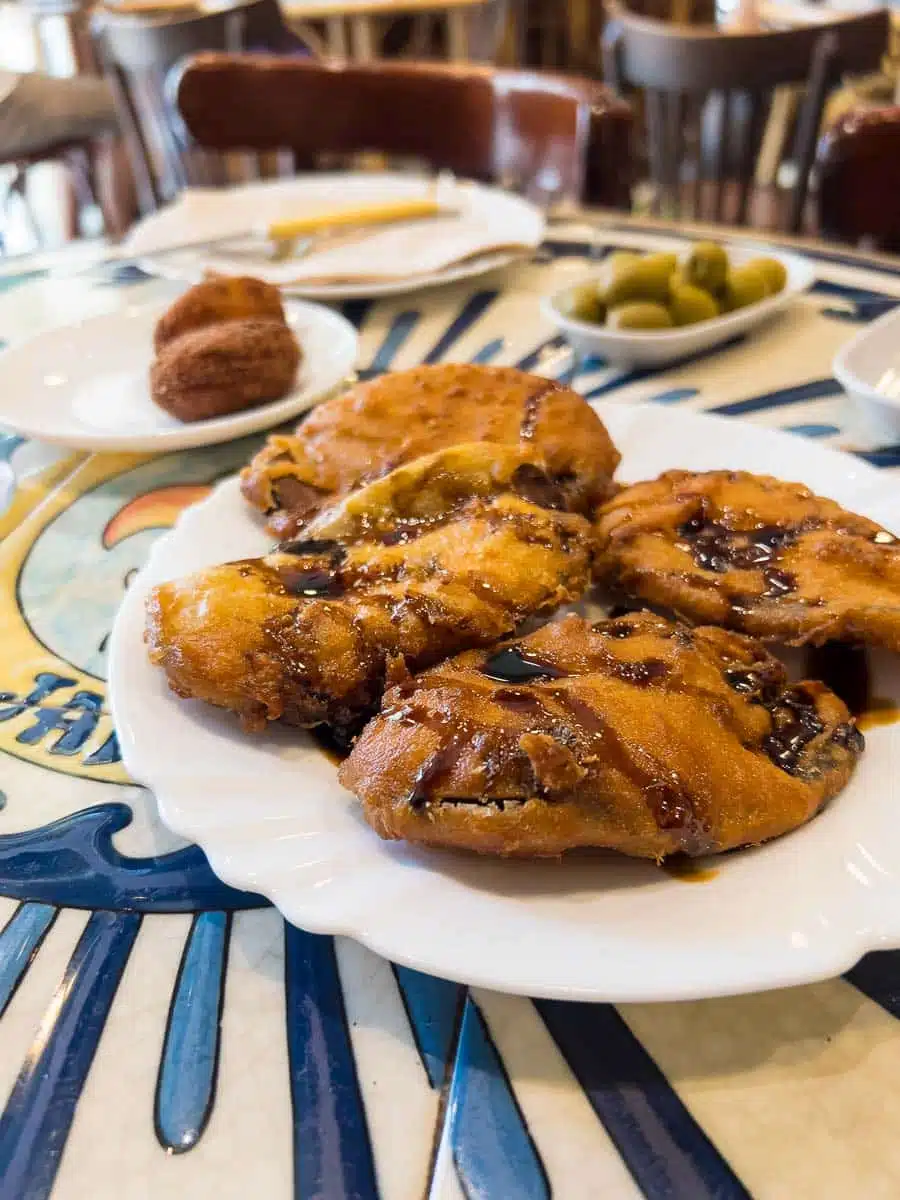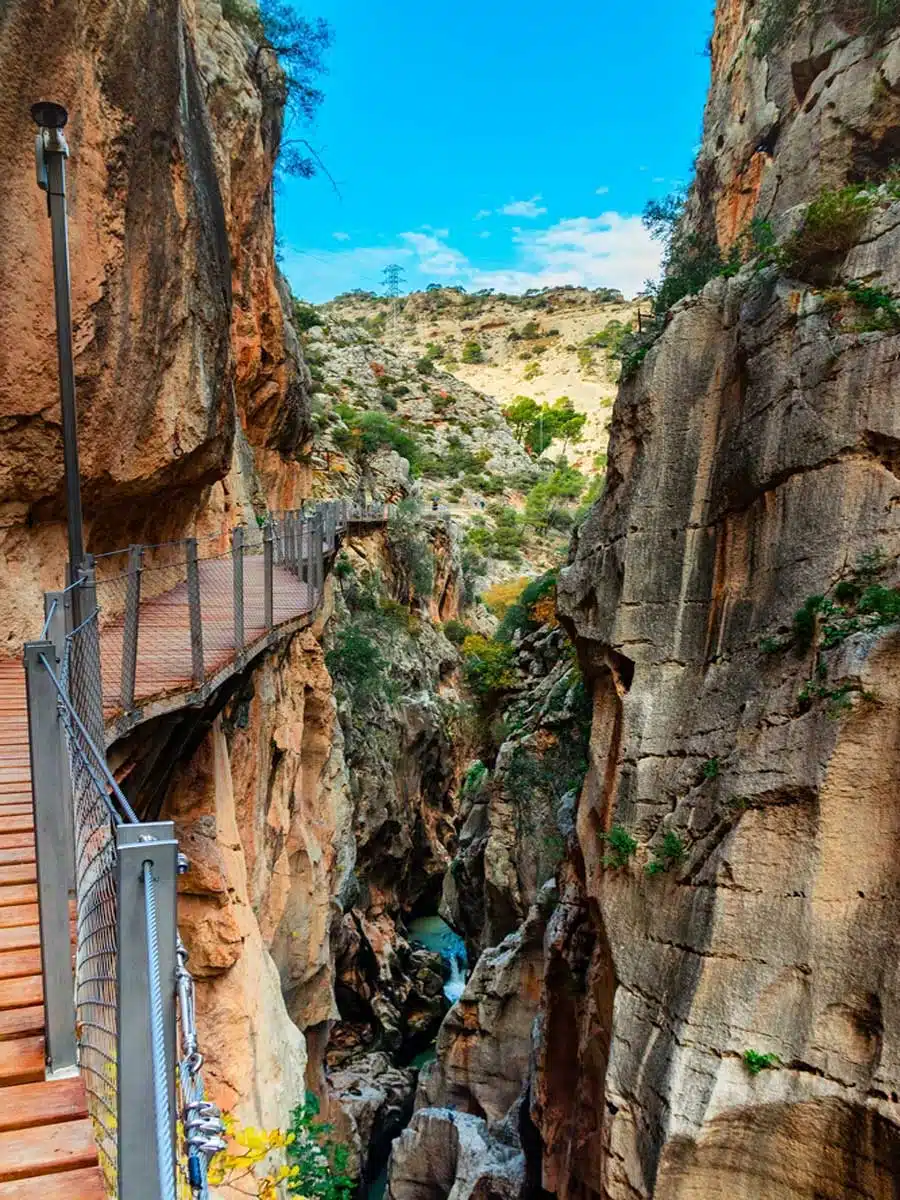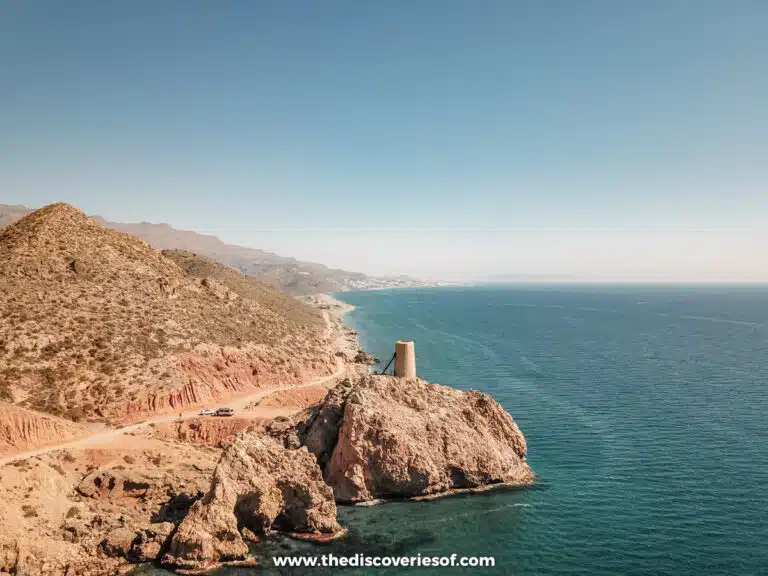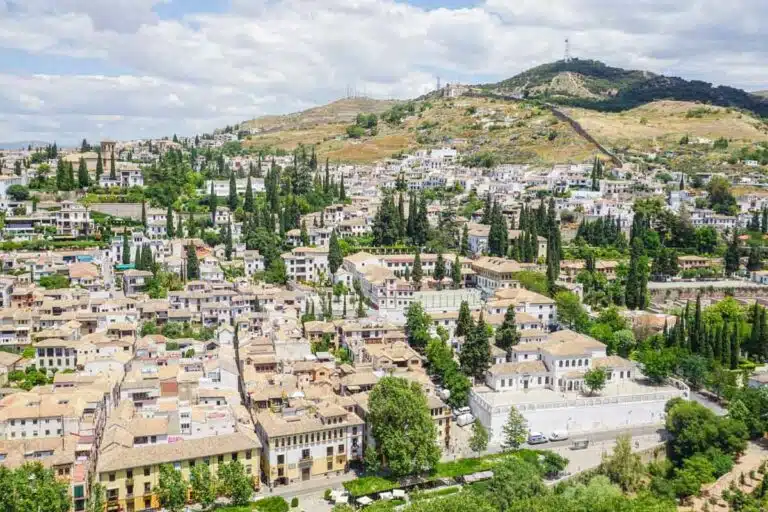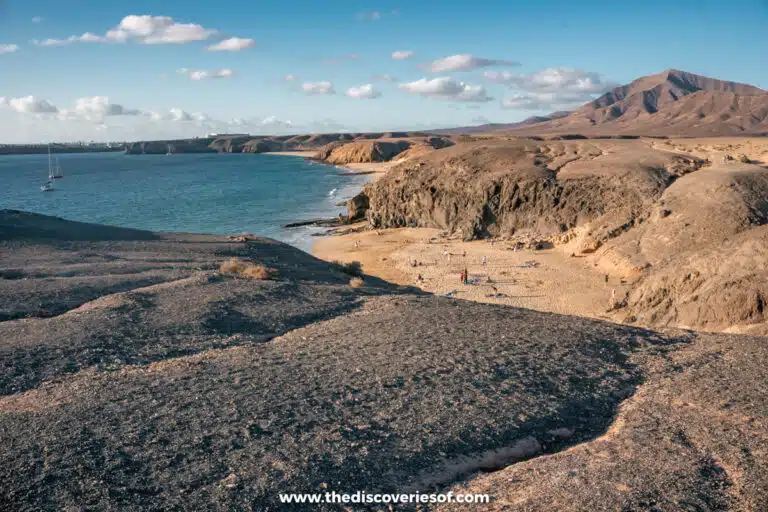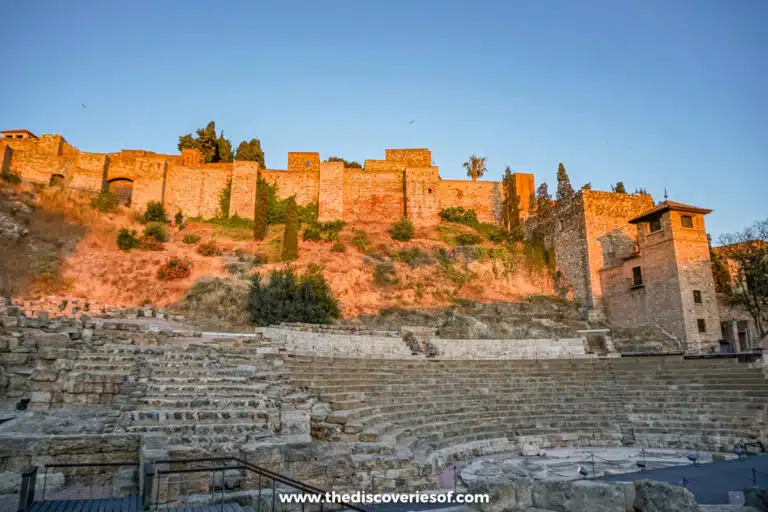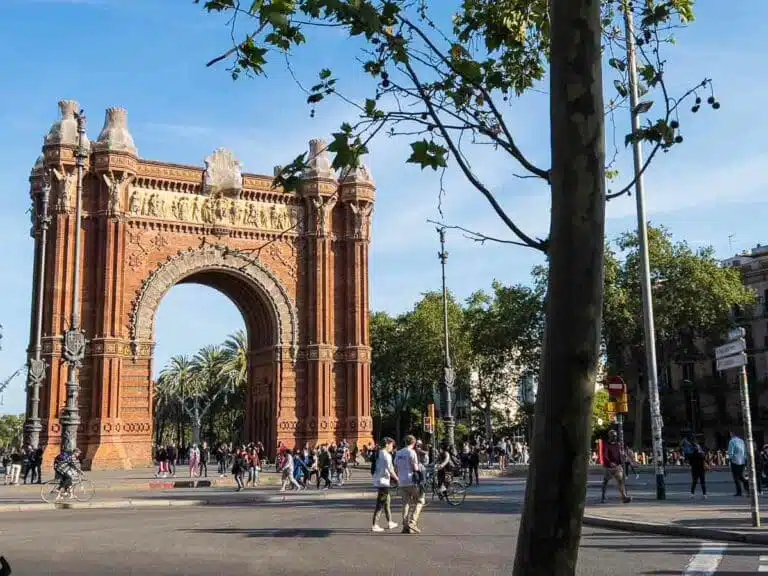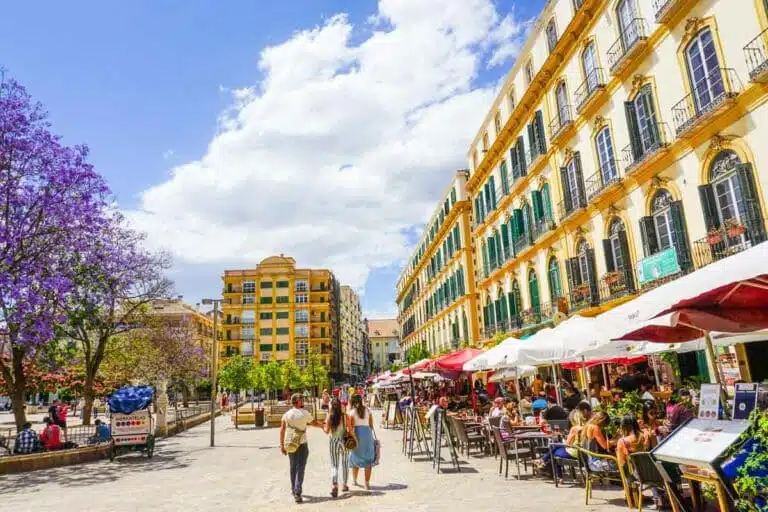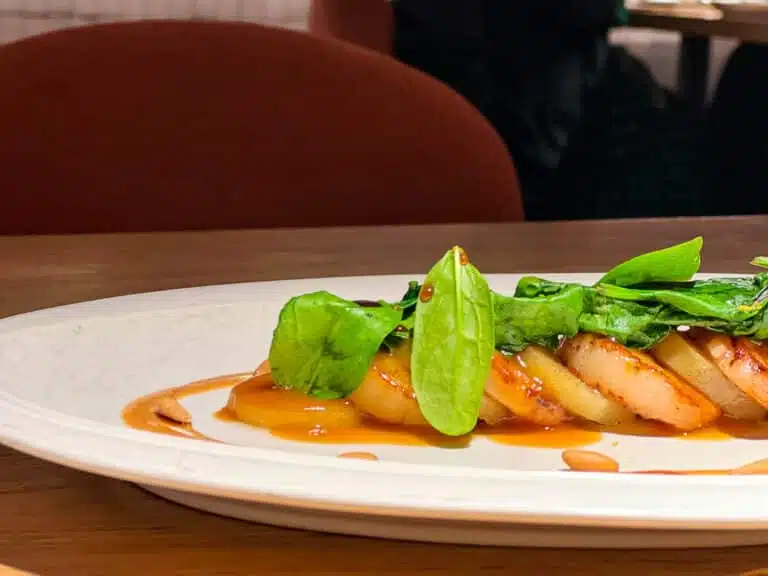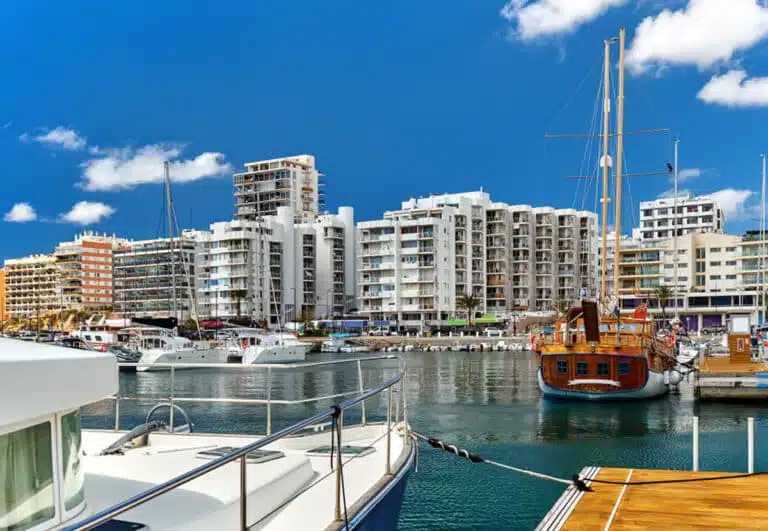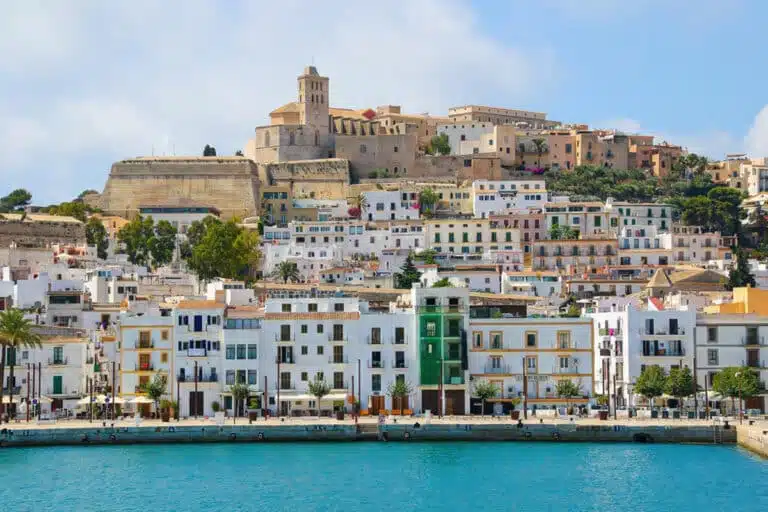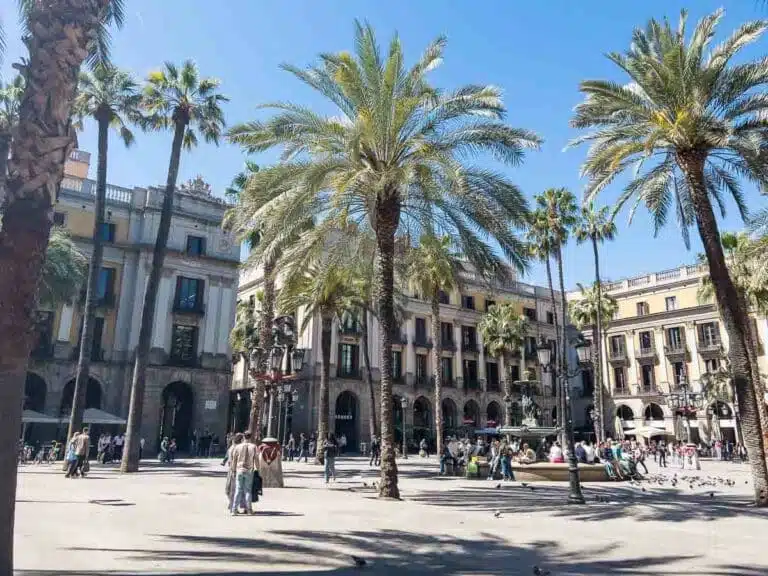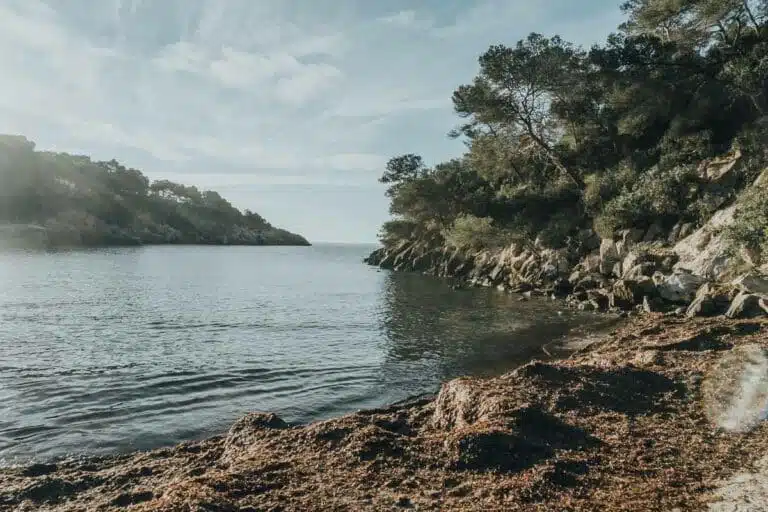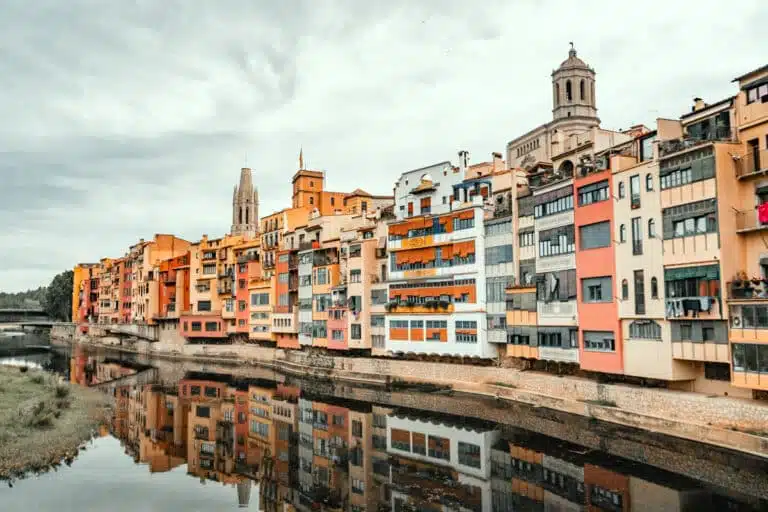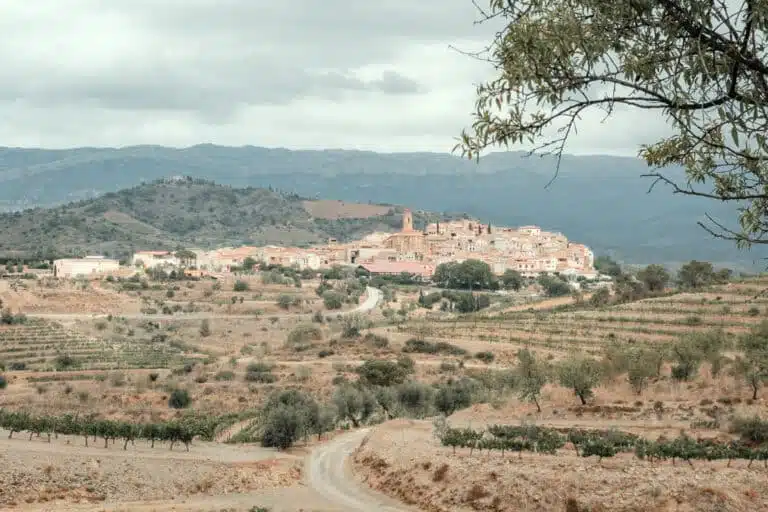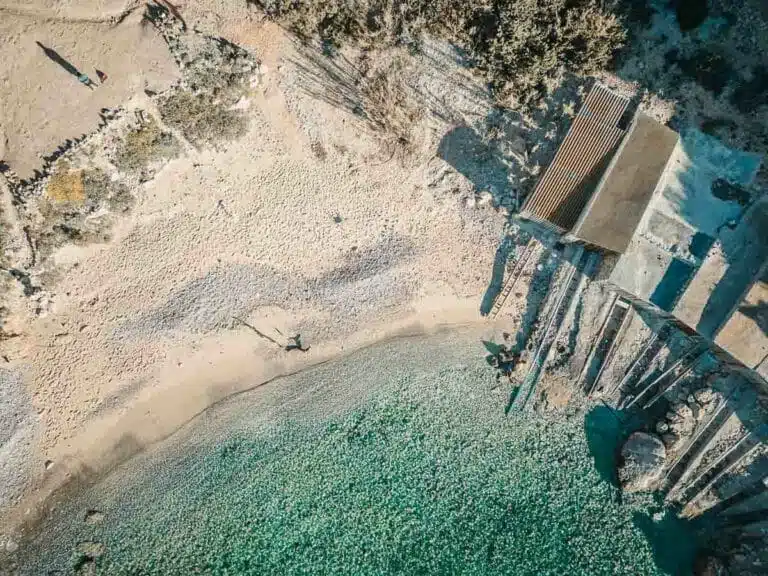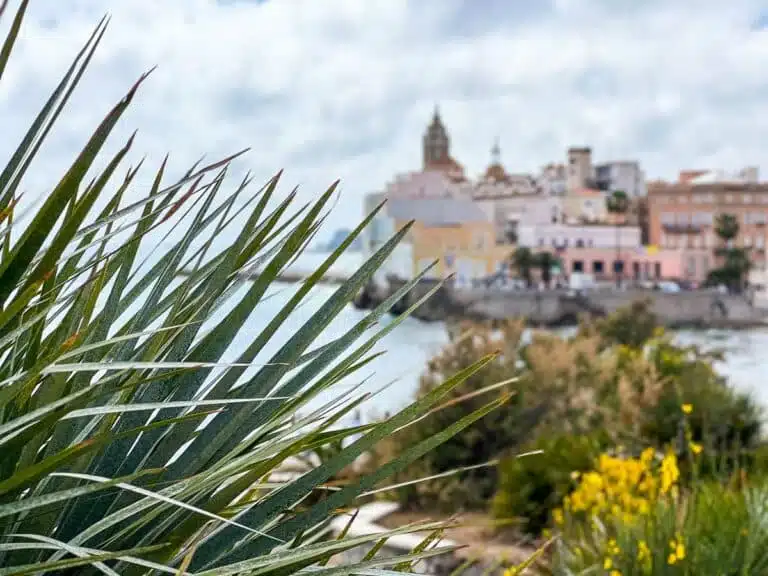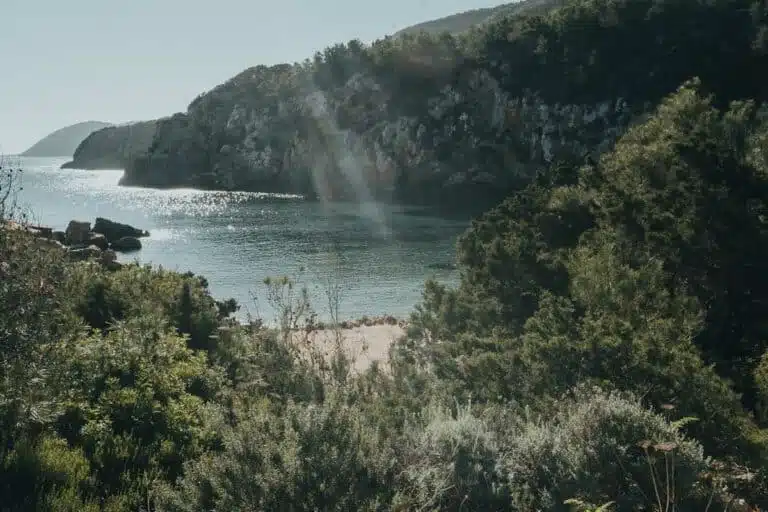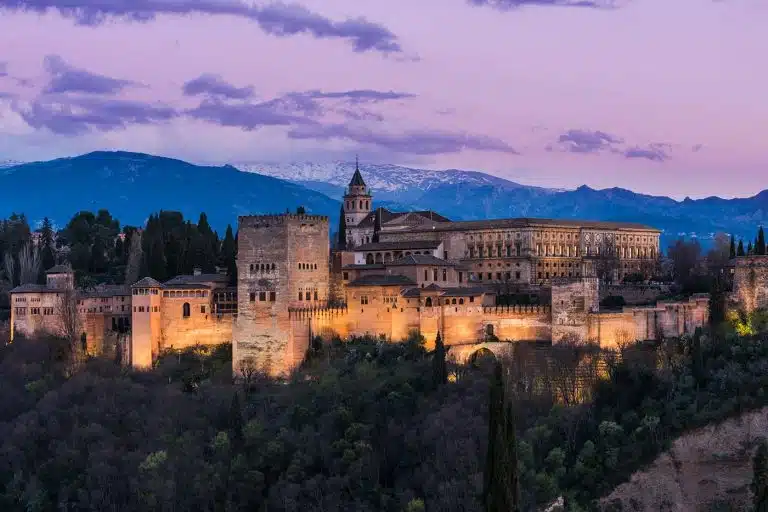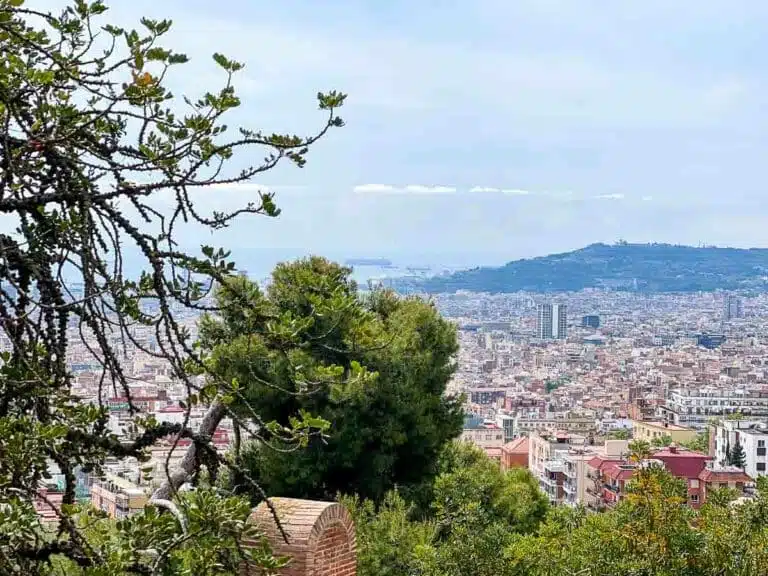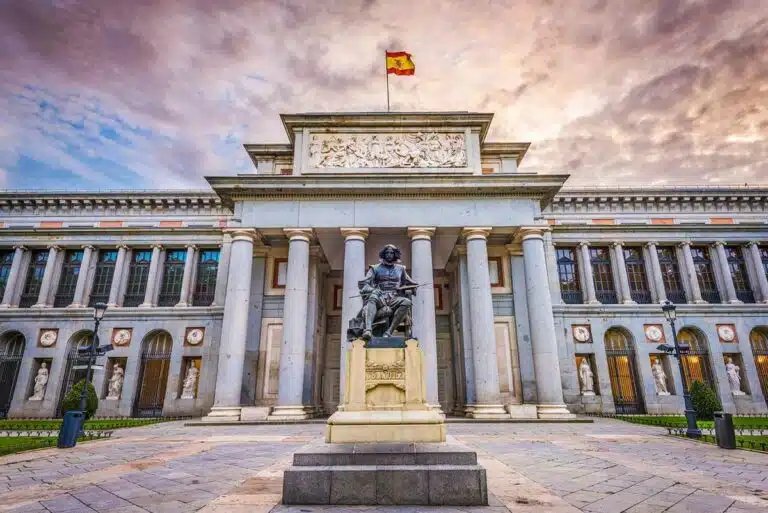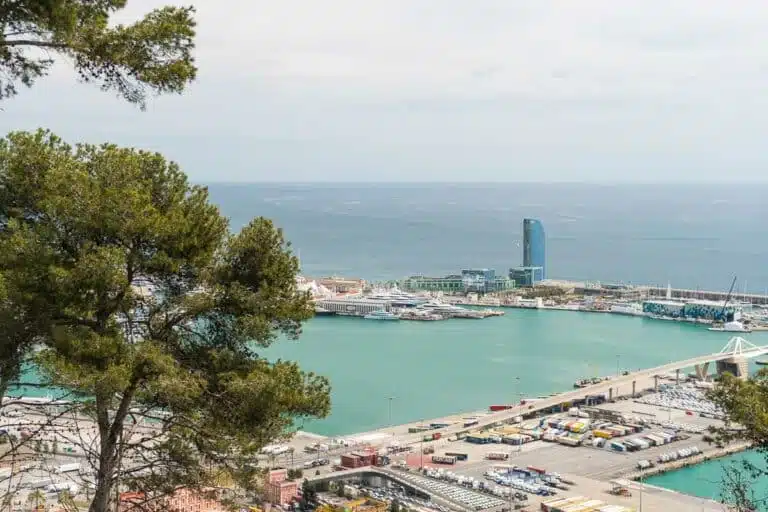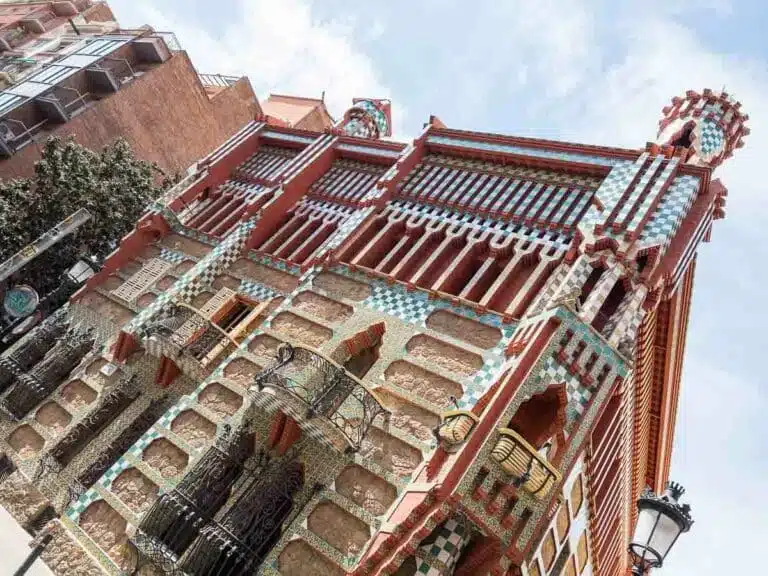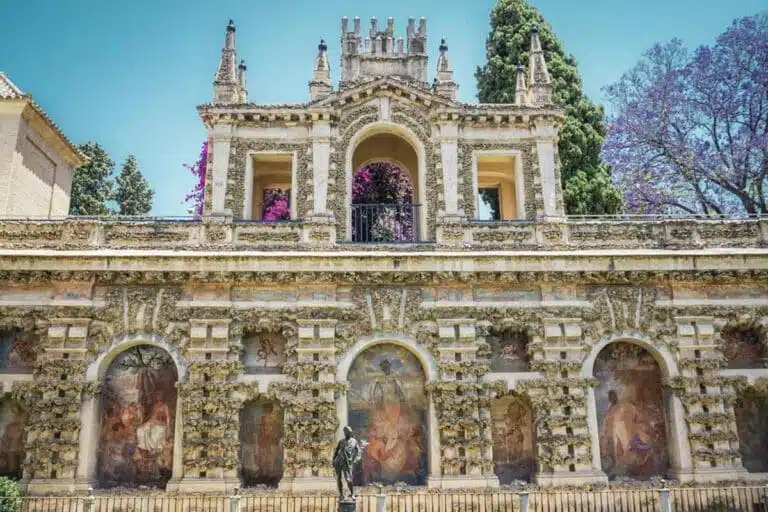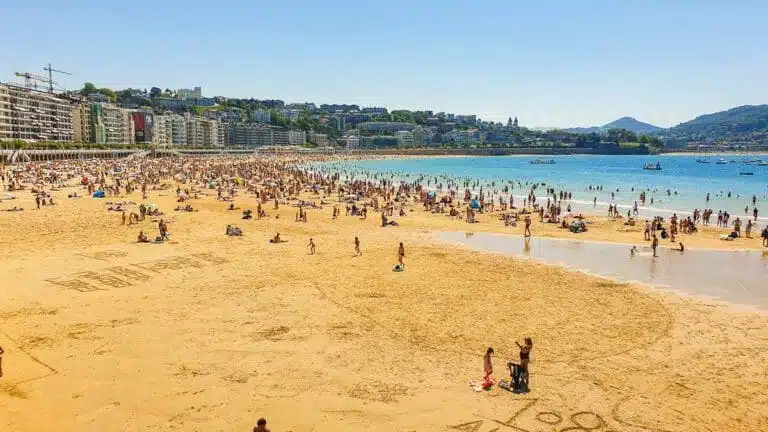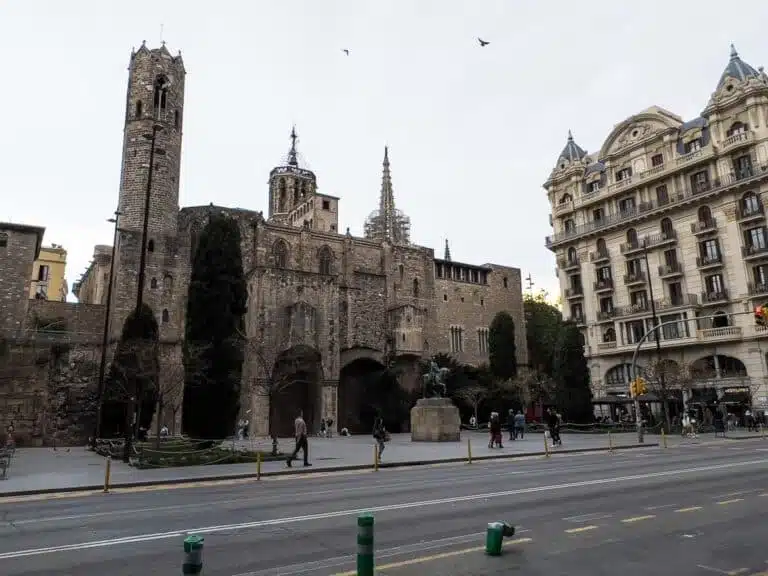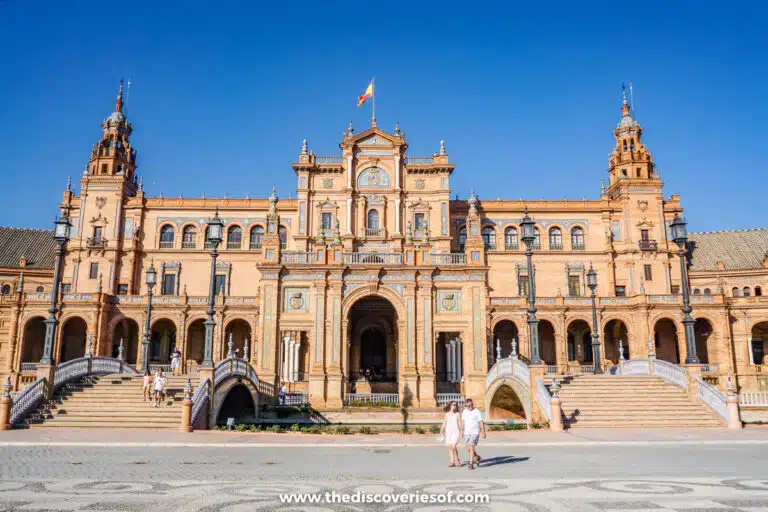
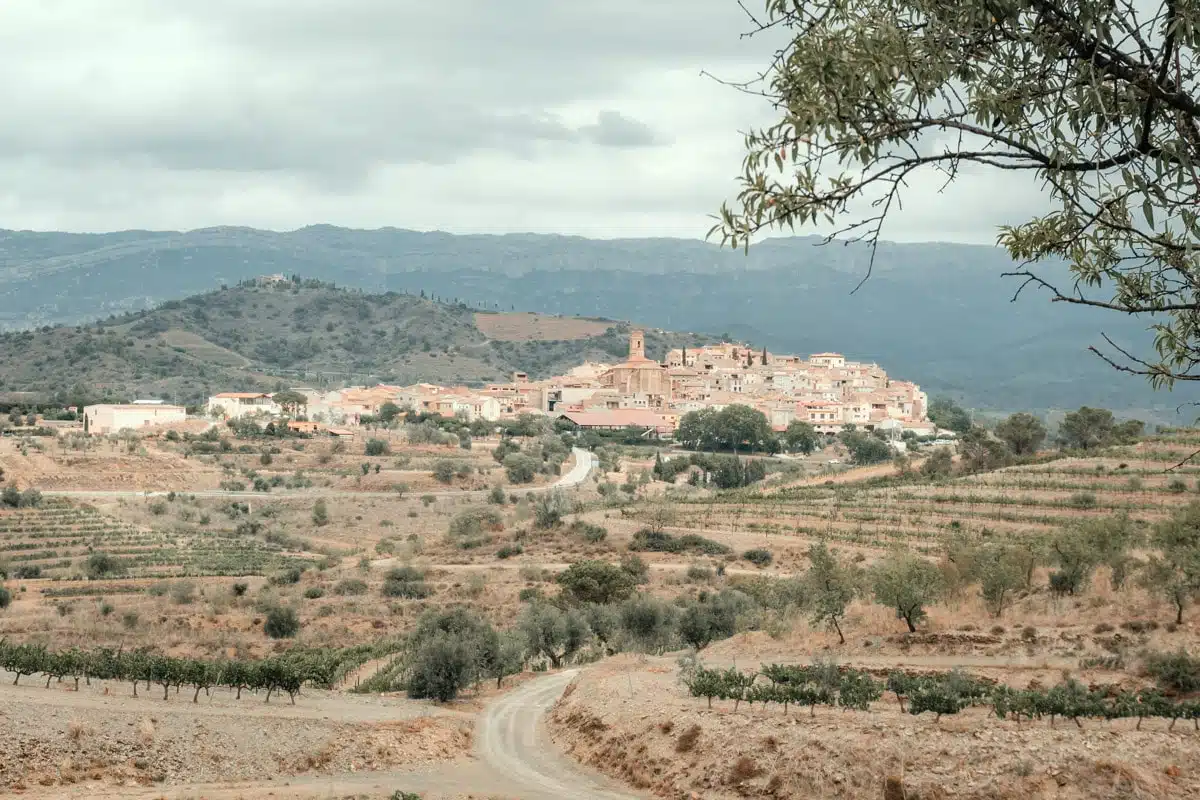
Spain Travel Guide
It’s time to plan an epic trip with this Spain travel guide. From vibrant cities like Barcelona to discovering the country’s quieter spots, here’s what you need to know before you go.
My love affair with Spain continues – a country with incredible architecture, delectable food and epic beaches is always going to be my favourite.
And while you could totally wing your trip to Spain, reading through this handy travel guide before you’re let loose on the Spanish streets is a way better idea. And not just because you’ll be able to find the top things to do – but also because you’ll be clued up on exactly when and how you should plan your trip.
From figuring out must-visit attractions to the finer touches like what to eat and drink (and how to speak a little bit of the language), it’s time to unravel every bit of need-to-know info. You can thank me later.
How to Plan a Trip
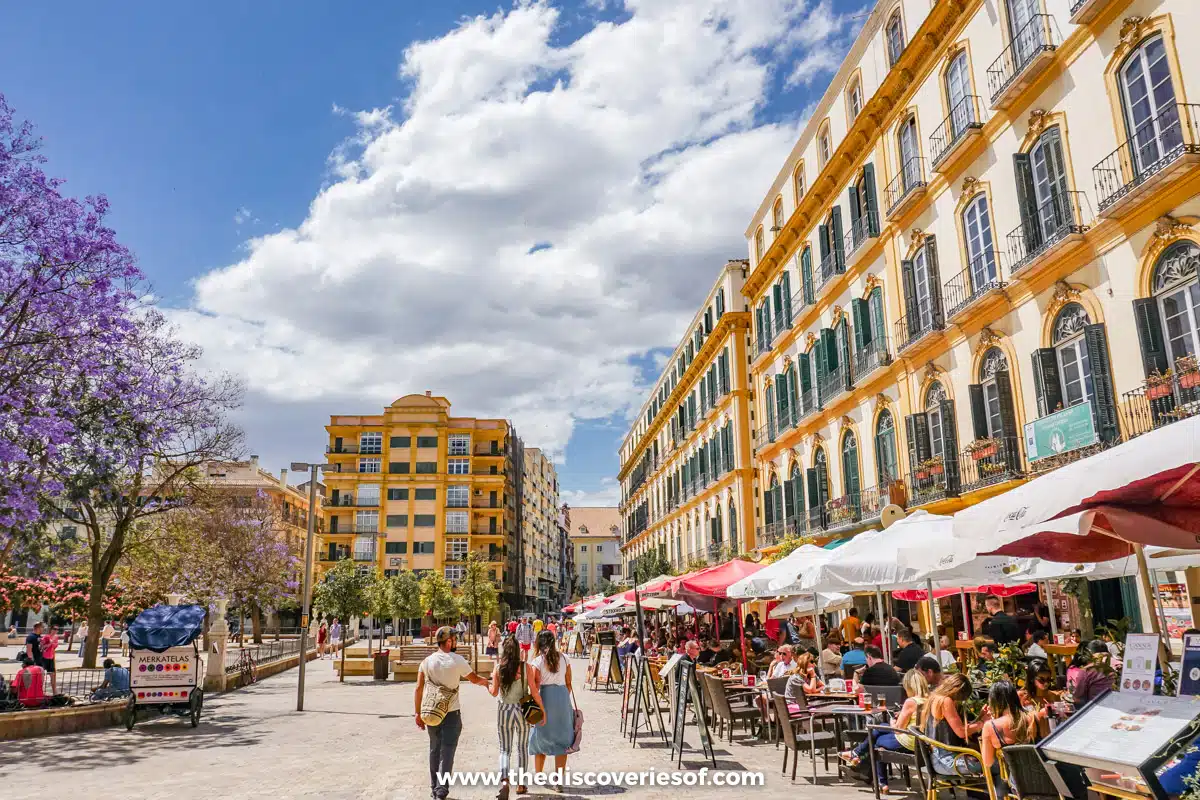
Best time to visit
One of the first things to know about Spain, especially before you decide on the more nitty-gritty details, is when to visit.
If you ask me, the ideal time for your adventure is during the country’s shoulder seasons: spring (April and May) or autumn (September and October). These seasons bring the most moderate weather in the country.
But this doesn’t necessarily mean visiting during summer or winter is a bad idea.
Although the peak tourist season is from June to August (summer), temperatures sit comfortably at around 30°C (90°F). On the other hand, Winter (November to March) sees temperatures range between 4-10°C (40-50°F).
Handy Resources
If you find planning stressful, I feel ya. Luckily there are quite a few nifty tools and resources out there for your Spain trip:
- Skyscanner is undoubtedly your next best friend when it comes to getting the best deals on flights to and from Spain.
- With a crazy number of attractions and activities, there’s a lot to do when visiting Spain, so use services like GetYourGuide and Viator to book tours and tickets. They take the hassle of everyday tour planning out of your hands and are jam-packed with various options.
- Rail Europe is the best option for train timetables and booking tickets.
- As for accommodation, sites like Booking.com do the trick when you want plenty of available options at the best rates possible. You can also snatch up a special price or hidden deal if you’re lucky.
- If you’re renting a car and heading off on a road trip, use Rentalcars.com for the best deals.
- Plum Guide for high-quality apartment rentals
- La Moncloa – The Spanish government’s website has an interesting section on the country’s history
Where to Stay
Hotel accommodation in Spain is excellent. There is a lot of choice, with options to suit all budgets.
Shared accommodation offers abound in the country, and every major city (and most smaller towns) will have at least one version of this. You’ll easily find albergues similar to small dormitories at low costs per night.
Guesthouses and B&Bs are a staple in Spain and are your go-to options for budget-friendly accommodation. These include hostales (guesthouses) and pensiones with private or shared room options.
Camping in Spain is a wonderful outdoor experience, and the country boasts more than 1,000 campsites throughout. These vary from basic sites to caravan camping spots and entire lodges.
Read Next: Where to Stay in Spain
Packing For Your Trip
Wondering what to pack for Spain? I’ve got you. Remember that you want to pack light, but you want to bring along all the essentials.
- Start with the basics: comfortable sandals and some casual walking shoes
- Don’t forget a bathing suit and eco-friendly sunscreen
- International power adapter (Spain uses C and F)
- A day pack to keep your belongings in on the move
- A portable power bank (trust me on this one)
- First aid kit
Travel Insurance
As with any other global destination, when you travel in Spain, it’s a solid idea to err on the side of caution and get decent travel insurance. Before jetting off on your Spanish adventure, take out a comprehensive insurance policy that covers things like loss, theft, illness and injury.
Suggested Guidebooks
As convenient as having my handy site and Google Maps at the tips of your fingers is, sometimes your internet will go haywire (and, lets be honest, sometimes it’s really fun to sit in bed and highlight all the places you want to peep on your trip).
That’s where a guidebook comes in clutch. Some of the best options include Monocle Spain, Fodor’s Essential Spain and DK Eyewitness Spain.
Plan your next great travel experience!
Sign up for insider tips straight to your inbox.
Spain Visitor Guide: What to Do During Your Spain Trip
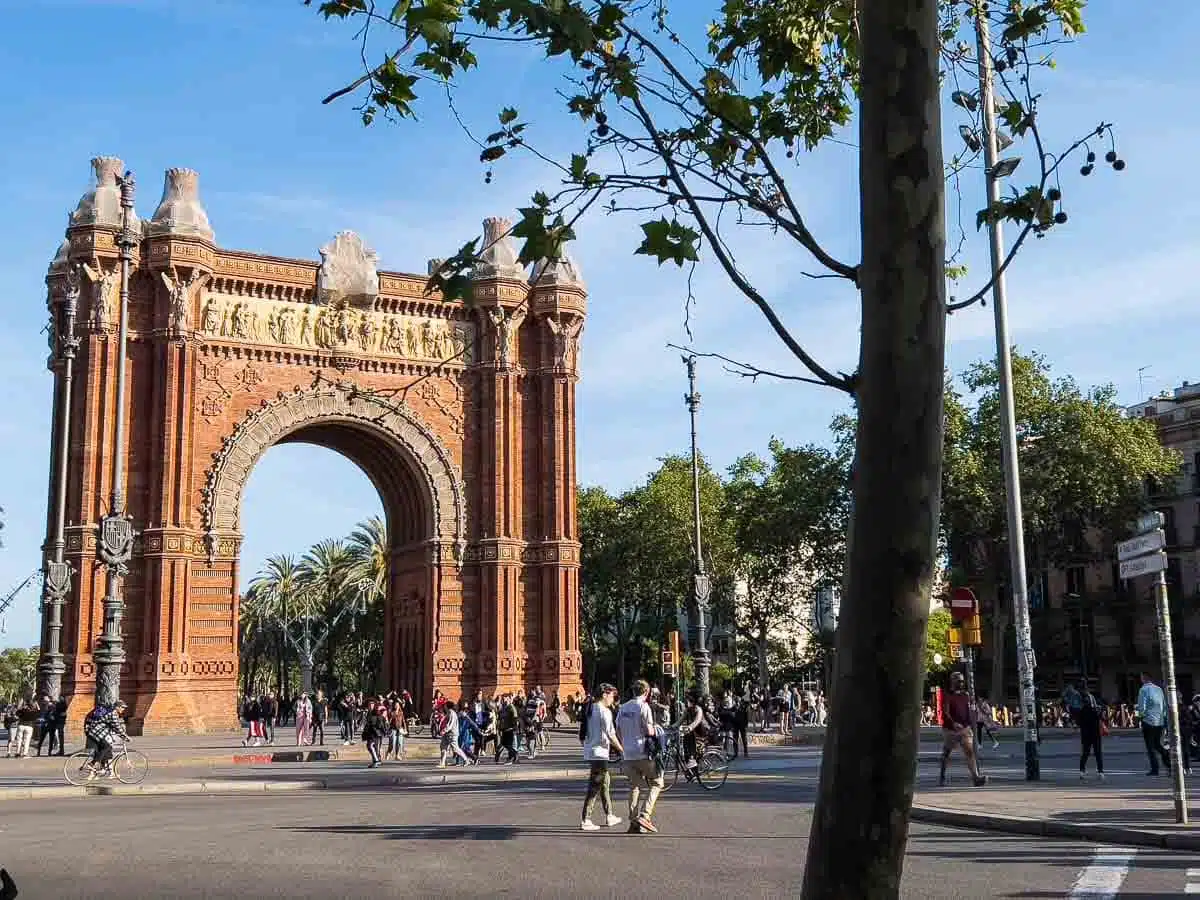
Top Things to Do
Immerse Yourself in Barcelona
Barcelona is a no-brainer: once you set foot in this vibrant and often quirky city, you’ll understand why. Whether you want to discover the imprint of Gaudi on the city or roam its Gothic Quarter, a world of adventure awaits.
And if you’re after some museum-hopping, Barcelona boasts some of the best museums in the world.
Read Next: The Best Things to Do in Barcelona
Explore the Alhambra
Hands down one of the most iconic landmarks in Spain, the Alhambra in Granada should be at the top of your to-do list.
This impressive (and ancient) Moorish fortress towers above its many counterparts in the country and is a UNESCO World Heritage Site. A genuine architectural masterpiece, its ornate construction is a feast for the eyes.
Read Next: The Best Things to Do in Granada
Wander Around Seville
The gorgeous city of Seville is a landscape of awe-inspiring churches and historic palaces that defy the imagination. Take a day to visit the Royal Alcazar, the oldest residential castle in Europe.
The city’s Jewish Quarter is also a marvellous spot to get a true feel of the city, and don’t skip out on catching a Flamenco show.
Read Next: Unmissable Things to Do in Seville
Lounge Around on the Costa Del Sol
If you’re travelling in Spain during summer, it would be a cardinal sin if you don’t make the most of the sun.
A slice of southern Spain that boasts the most glorious beaches in the country, perfect for some sun-kissed beach-bumming. Malaga is one of the best places along Costa Del Sol, and its near-perfect coastline is a testimony of this.
Walk the Camino de Santiago
The Way of Saint James, or the Camino de Santiago, is a showstopping experience in Spain that will leave you speechless. The pilgrimage route stretches roughly 500 miles (800 kilometres) from the border of France to Santiago de Compostela.
You don’t have to walk the entire trek to appreciate its appeal, but spend enough time on it, and you might just want to.
Read Next: Stunning Hikes in Spain
Unleash Your Inner Party Animal in Ibiza
C’mon, you didn’t think I’d skip the party island of Ibiza, did you? While the island might be shaking off its rough party image, it’s still one of the biggest nightlife destinations in Europe and a regular scene for world-renowned DJs.
With mega-clubs that attract a global audience to more laidback lounge bars, there’s always somewhere to celebrate a good time.
Read Next: Brilliant Things to Do in Ibiza
Admire Art and Architecture at the Guggenheim
One of the most famous museums in the world, the Guggenheim Museum in Bilbao is a must-see when you’re travelling in Spain.
Beyond the modern art exhibits you’ll find inside, the architecture of the Guggenheim itself is a spectacle to see. The stunning design from the mind of Frank Gehry is one of a kind and worthy of a visit.
Read Next: Fabulous Things to Do in Bilbao
Indulge in Spanish Cuisine
Spain is known for its delish food, so it isn’t surprising that you must treat your tastebuds to the country’s delicious cuisine. While you’ll find classic dishes elevated with unique twists and authentic Spanish flair every, head to San Sebastian to seriously gorge yourself.
And as the birthplace of paella, it’s no wonder Spain is a foodie paradise.
Marvel at The Great Mosque-Cathedral in Córdoba
I absolutely adore Córdoba. It’s a city of wonder, and nowhere is this clearer than at the Mezquita de Córdoba (or Cathedral of Our Lady of the Assumption).
By far the most exceptional example of Muslim influence in Spain, it’s easy to get blissfully lost amongst its giant arches, jasper columns and gilded prayer niches.
Read Next: Spectacular Things to Do in Córdoba
Delve into the History of Madrid
There’s something magical about the culturally rich and history-laden city of Madrid that makes it a standout. From the ornate architecture of the Royal Palace to the gritty street art strewn around the city, it’s Spain’s political and cultural capital for good reason.
Read Next: The Best Things to do in Madrid
Suggested Spain Itineraries
Grand Tour of Spain
3 weeks
San Sebastian – Bilbao – Pamplona – Barcelona – Valencia – Return Ferry to Ibiza – Madrid – Toledo – Córdoba – Seville – Málaga – Granada
Tour the Historic Sites of Spain
2 weeks
Granada – Málaga – Seville – Córdoba – Madrid – Barcelona
Read Next: The Perfect 10-Day Spain Itinerary
Hidden Spain: Off the Beaten Path
As impressive as the big tourist attractions in Spain are, sometimes you’ll need to wander off the beaten path to some hidden gems that will define your trip.
If you’re after some nature-centric exploration, head to Aracena Huelva, where you’ll find numerous natural parks and a variety of wild bird and animal species.
For some unspoilt authentic Spanish flair, venture to the two towns of Úbeda and Baeza, both surrounded by olive groves and home to captivating Renaissance architecture.
Eager to tick off some UNESCO goodness? Well, set your sights on Antequera in Malaga, an ancient town with numerous monuments and a sensational food scene.
How to See the Best of Spain for Free
While Spain is a relatively affordable destination, accommodation costs in the bigger, more touristy cities have risen recently. Now, if you want your travels to Spain to be memorable but not budget-zapping, here are some money-saving travel tips for Spain.
Eat off the menu of the day – You’ll find that a majority of restaurants have a menu of the day at lunchtime with far lower prices than usual.
Stay with a local – Want to save on accommodation? Place all your bets on couchsurfing or renting an Airbnb, and stay with locals, especially when visiting a large city.
Use the bus – Although Spain’s metro is fast, it is expensive. Instead, take the bus to get around and save on travel costs.
Dishes to Try in Spain
Paella Valencia – Probably the most famous dish in Spain, paella originates from Valencia and comes in two varieties – paella Valencia and seafood paella.
Patatas Bravas – A spicy dish with cubed potatoes that are shallow fried and drenched in a number of different spicy-tinted sauces.
Gazpacho – A tomato-based soup from the Andalusian region that gets served hot or cold (but it’s extra delicious when cold).
Albondigas – You’ll find this on most tapas menus. A dish of meatballs in a rich tomato sauce.
Top Drinks in Spain
Cava – Spain’s answer to champagne, cava is similar to the popular drink but made from different grapes.
Rioja – From one of the most famous wine regions in the world, Rioja wines come in four different categories: Genérico, Crianza, Reserva and Gran Reserva.
Rebujito – An alcoholic punch from the Andalusian region, it’s made with dry fino sherry and lemon or lime soda.
Sangria – An iconic drink from Spain, sangria is either red wine, brandy, or vermouth, paired with sliced apples or oranges and sparkling soda. From the tourist traps it’s downright terrible, but from a bar that really knows what it’s doing, it’s delicious.
Map of Spain
